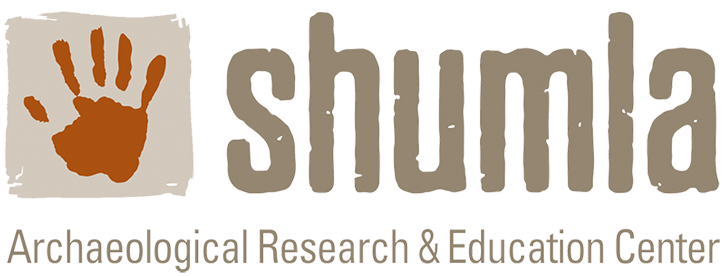Ethnographic Fieldwork in San Andrés Cohamiata, Mexico (Part Two)
In the Barrancas
Before you begin, be sure to read When the experience is as interesting as the data we collect, which provides background to our project and describes the first few days of our fieldwork in Mexico.
The rancho in the barrancas is located at a lower elevation than the mesa, around 4700 ft. Several species of oak and acacia are native to this region, as is a spectacular arborescent morning glory. The landscape is rough; almost everywhere you walk lies at an angle, and everywhere you step has loose rocks. Oak trees with huge leathery leaves (Quercus magnoliifolia) comprise much of the overstory, and these leaves fall to the ground, obscuring the rocks. I have always thought that the canyons of the Lower Pecos were difficult to navigate, but they seem small and tame compared to the sierras. Still, Jorge told us that the maize fields on the barranca rancho were more productive than those on the mesa. The rancho compound consisted of several small buildings arranged around an outdoor living space. A fence kept the cattle from entering the area.
We arrived after sunset. Without lighting, the darkness was disorienting. Our first night we slept in a tent pitched under a tree where the chickens roosted. We did not know this, but we kept hearing chickens in the sky above our tent. To add to our confusion, we were also at the crossroads for all the farm animals which traipsed by the tent in the dark. Just before dawn the animals settled down, but the chickens woke up and started fluttering down from the tree, bouncing off the tent onto the ground. And the tent was pitched next to the outdoor cook stove, which Cristalina fired up at first light for breakfast. It did not matter much because the rooster stayed up all night communicating with his buddies on ranchos all around us. We did not sleep much that night.
Fortunately, the next day we moved to a roofless “carretón”, a rustic raised structure made of local materials with walls and floor of bamboo and rough-cut boards. The first two nights, the moonless sky gave us the thrill of seeing starshine casting shadows, and a Milky Way that appeared as a white carpet
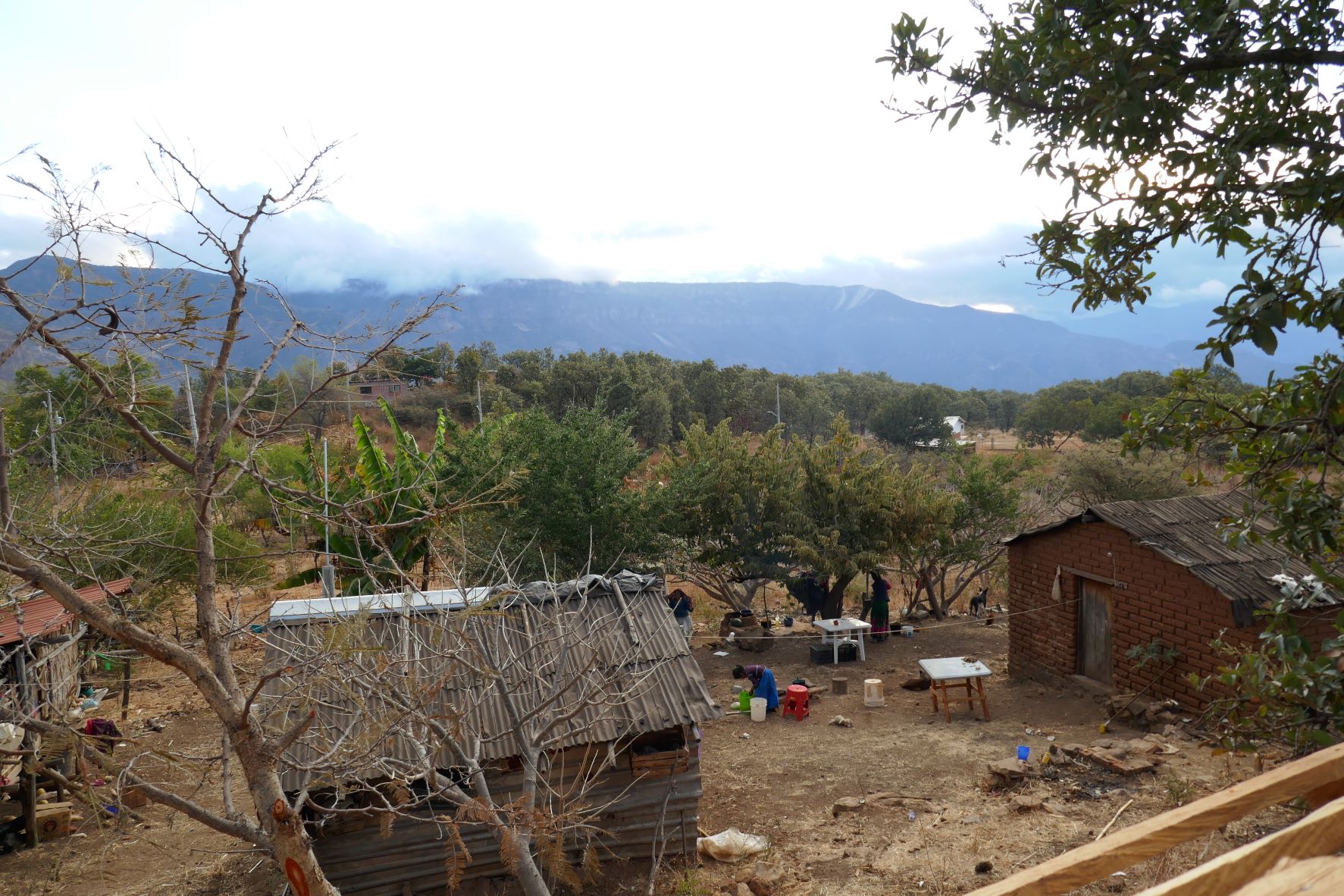
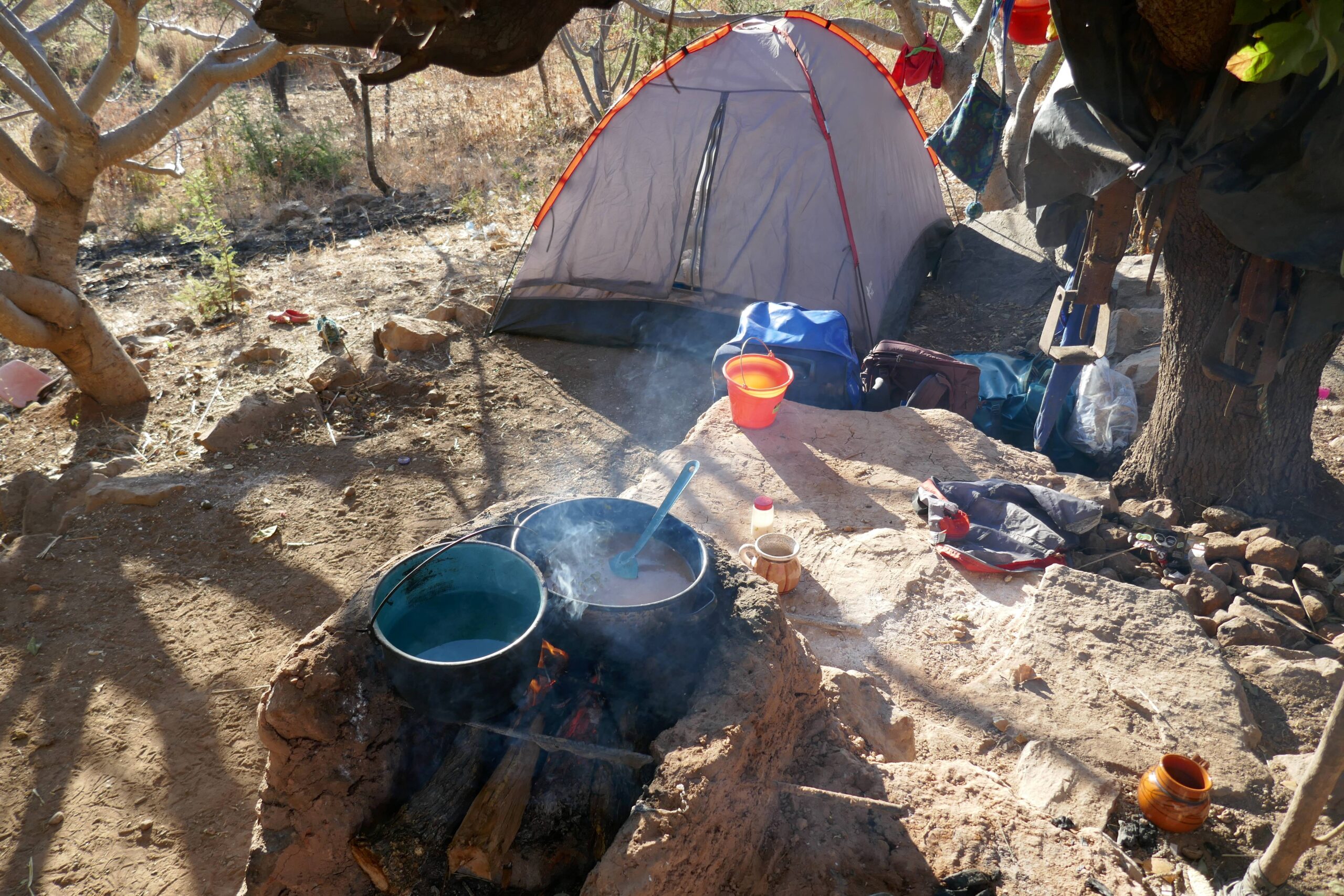


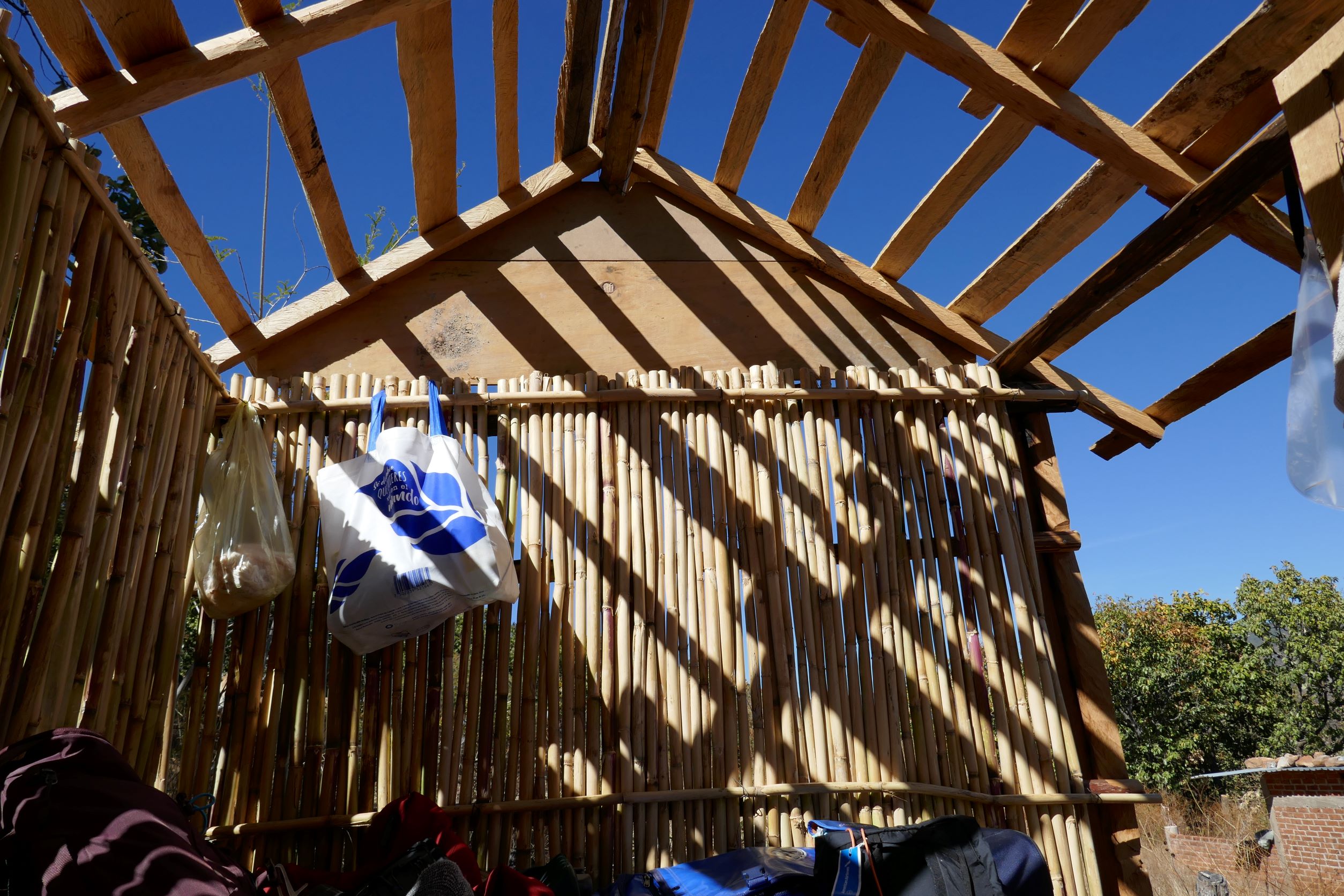
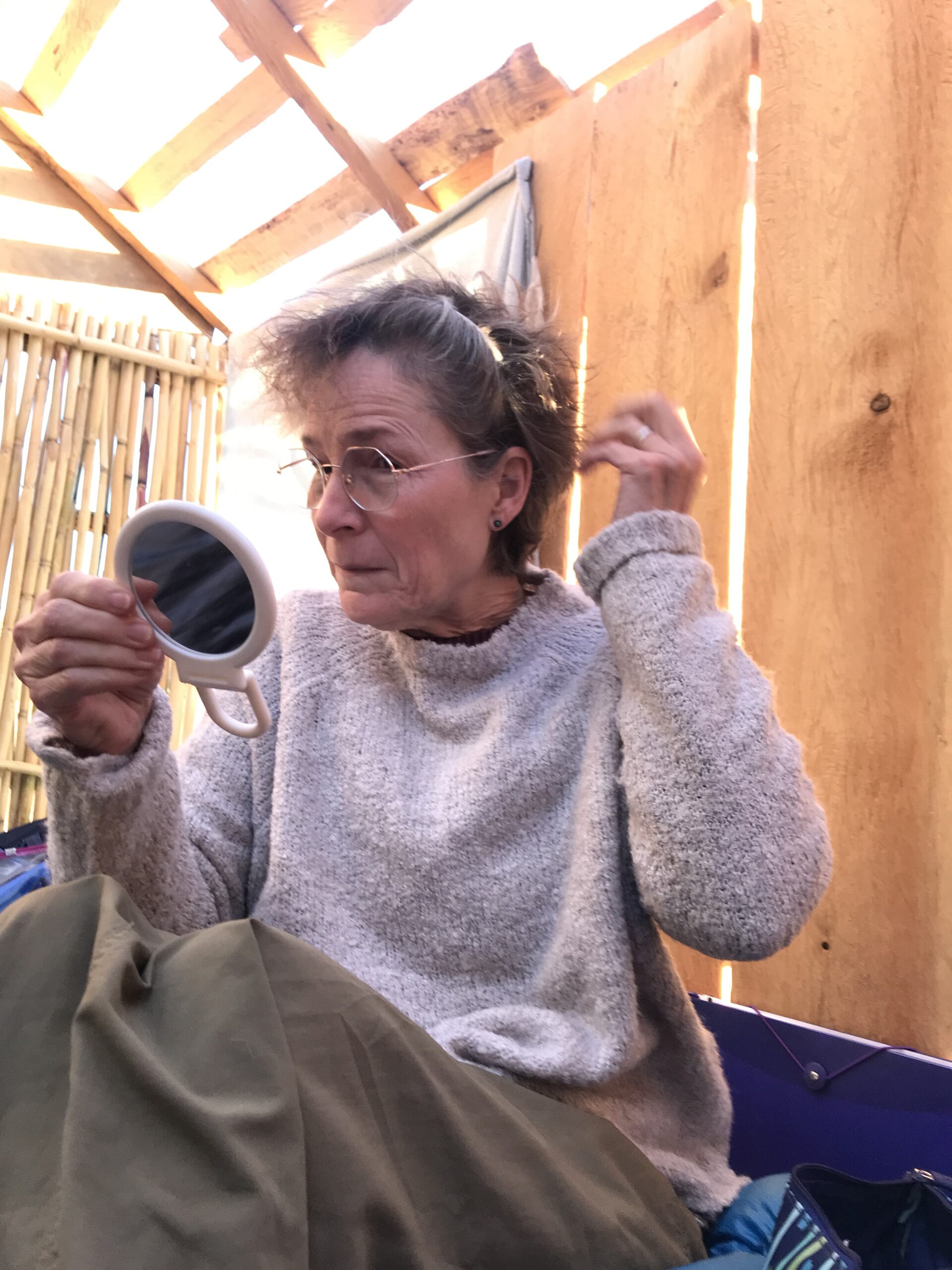

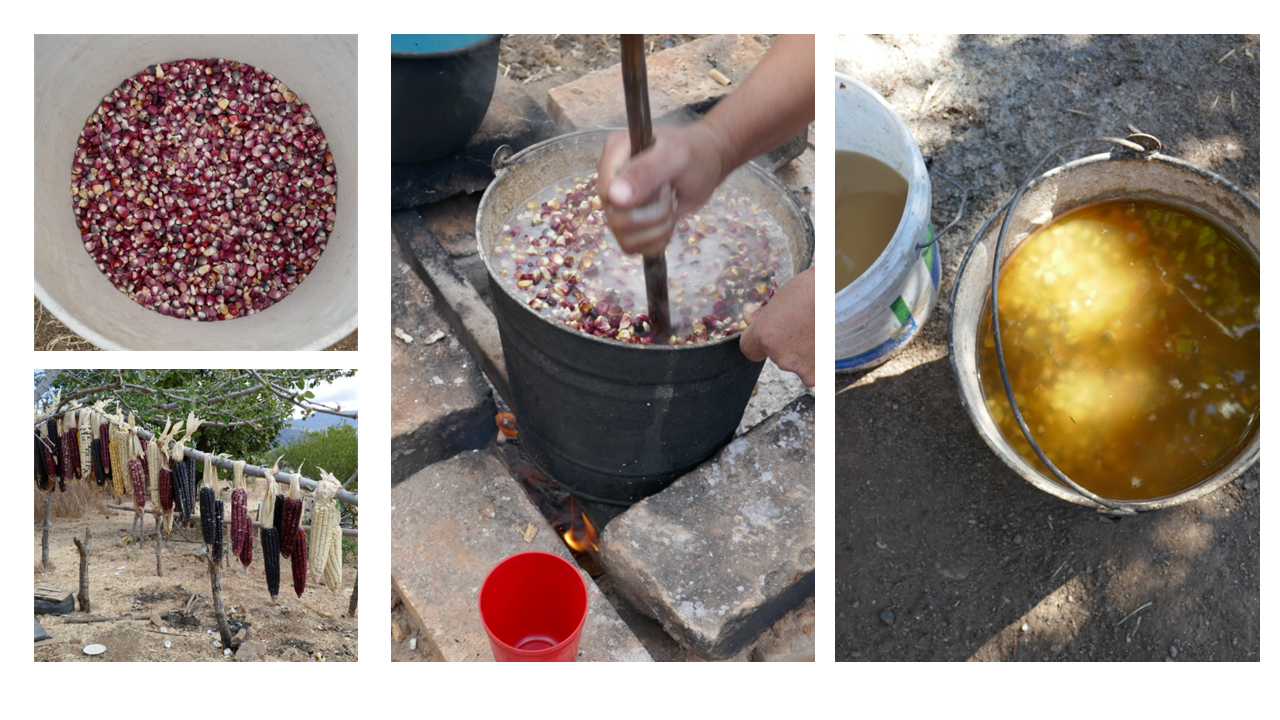
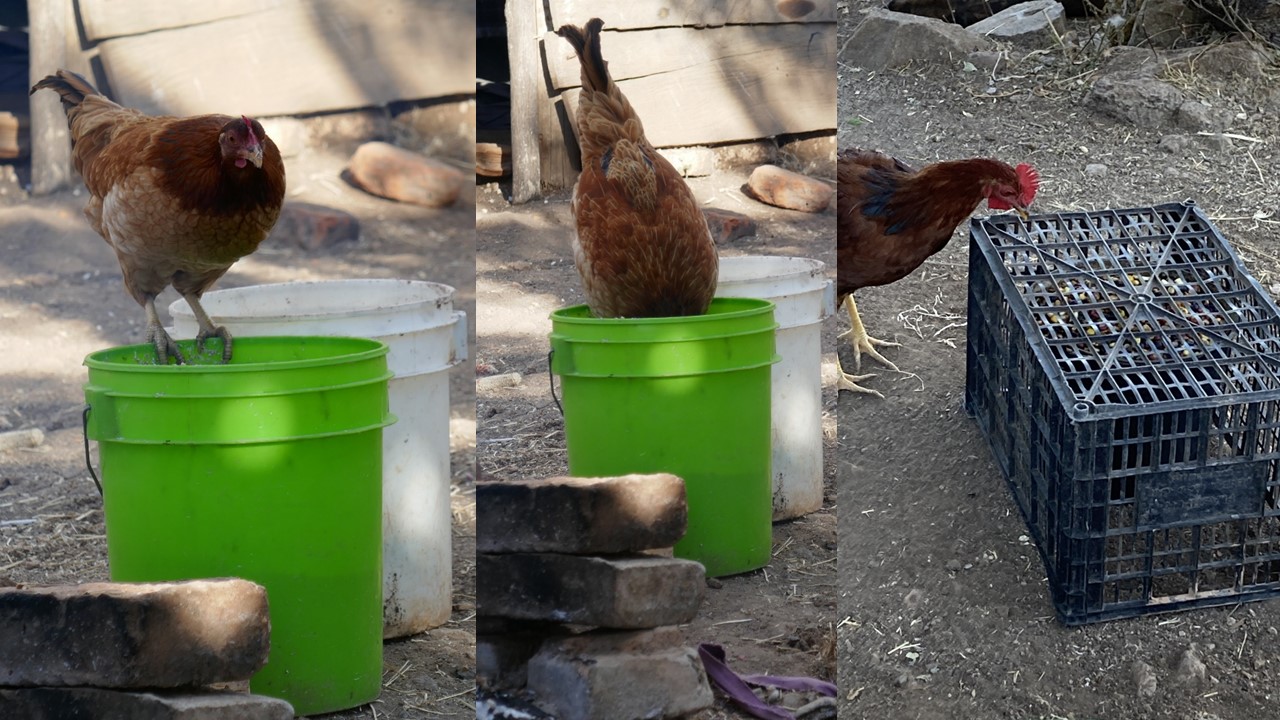
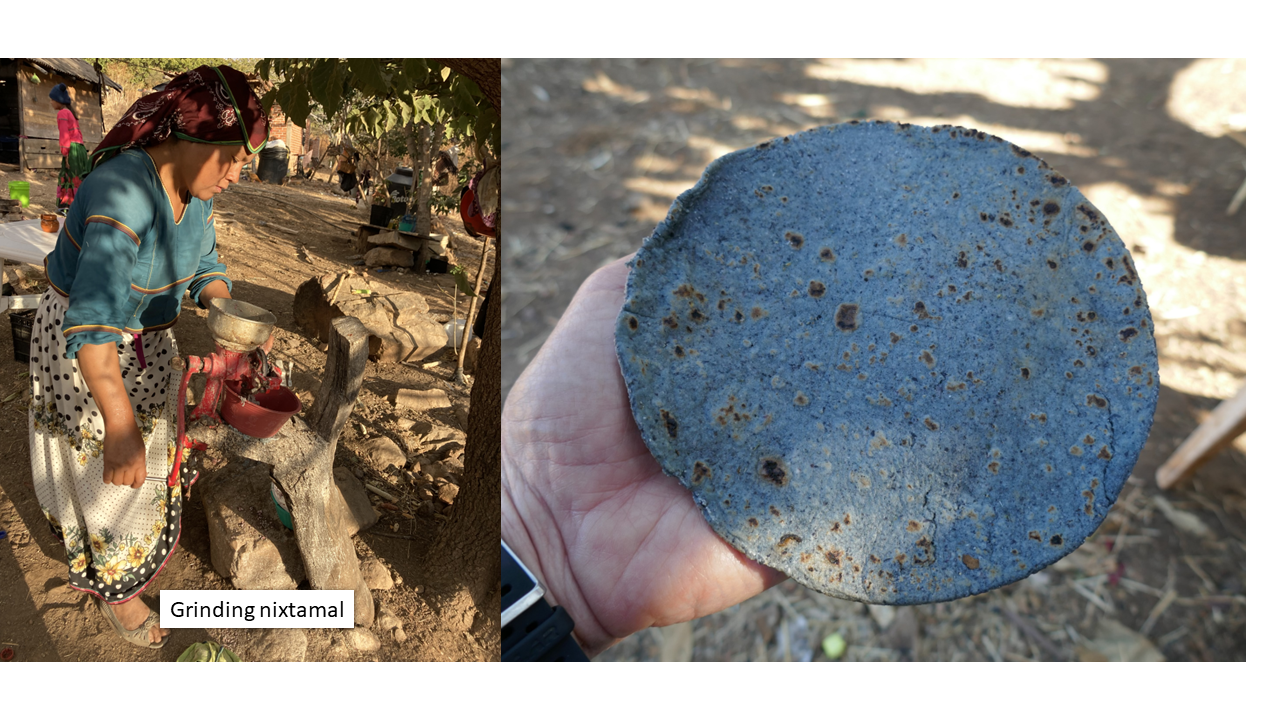
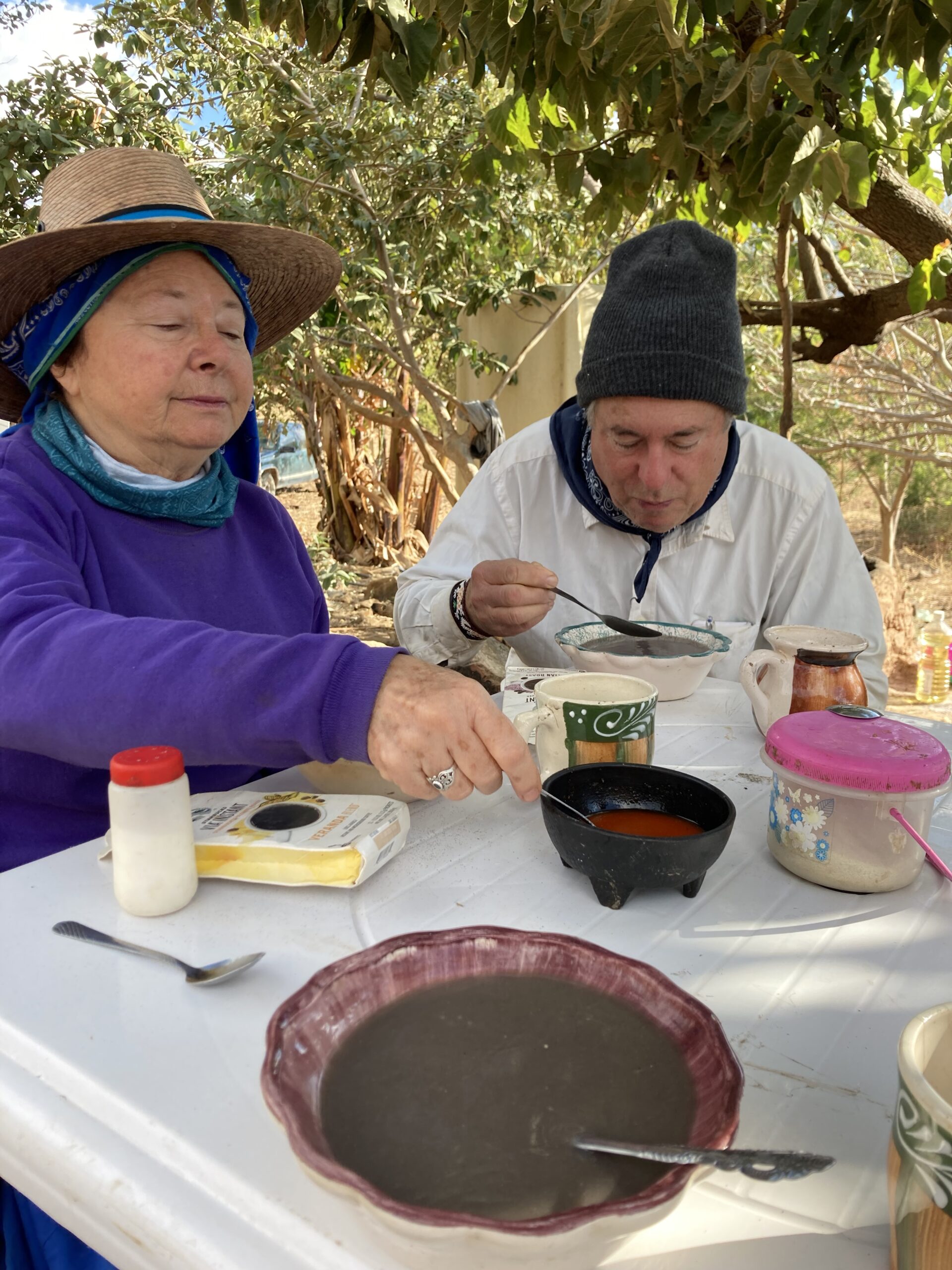

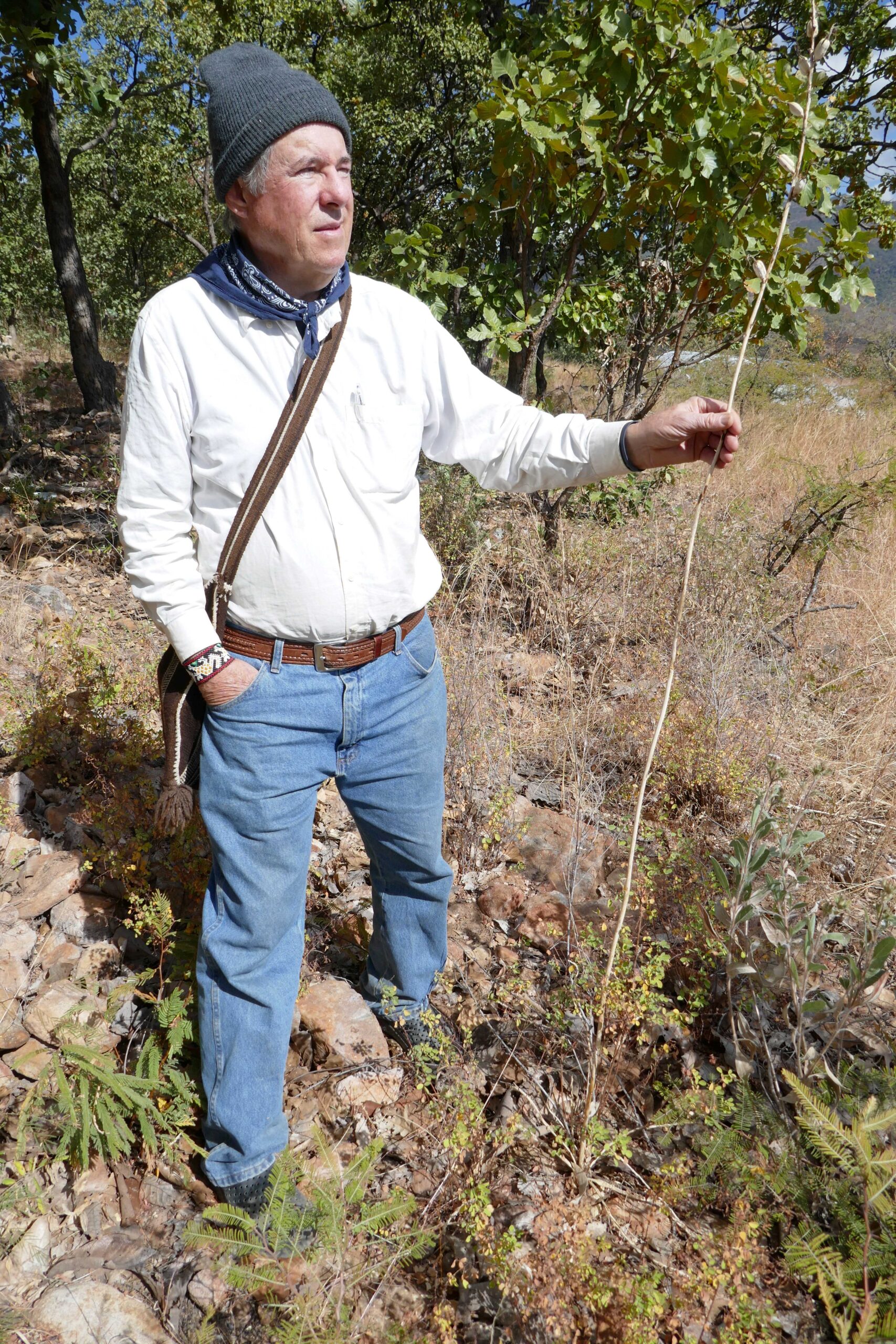
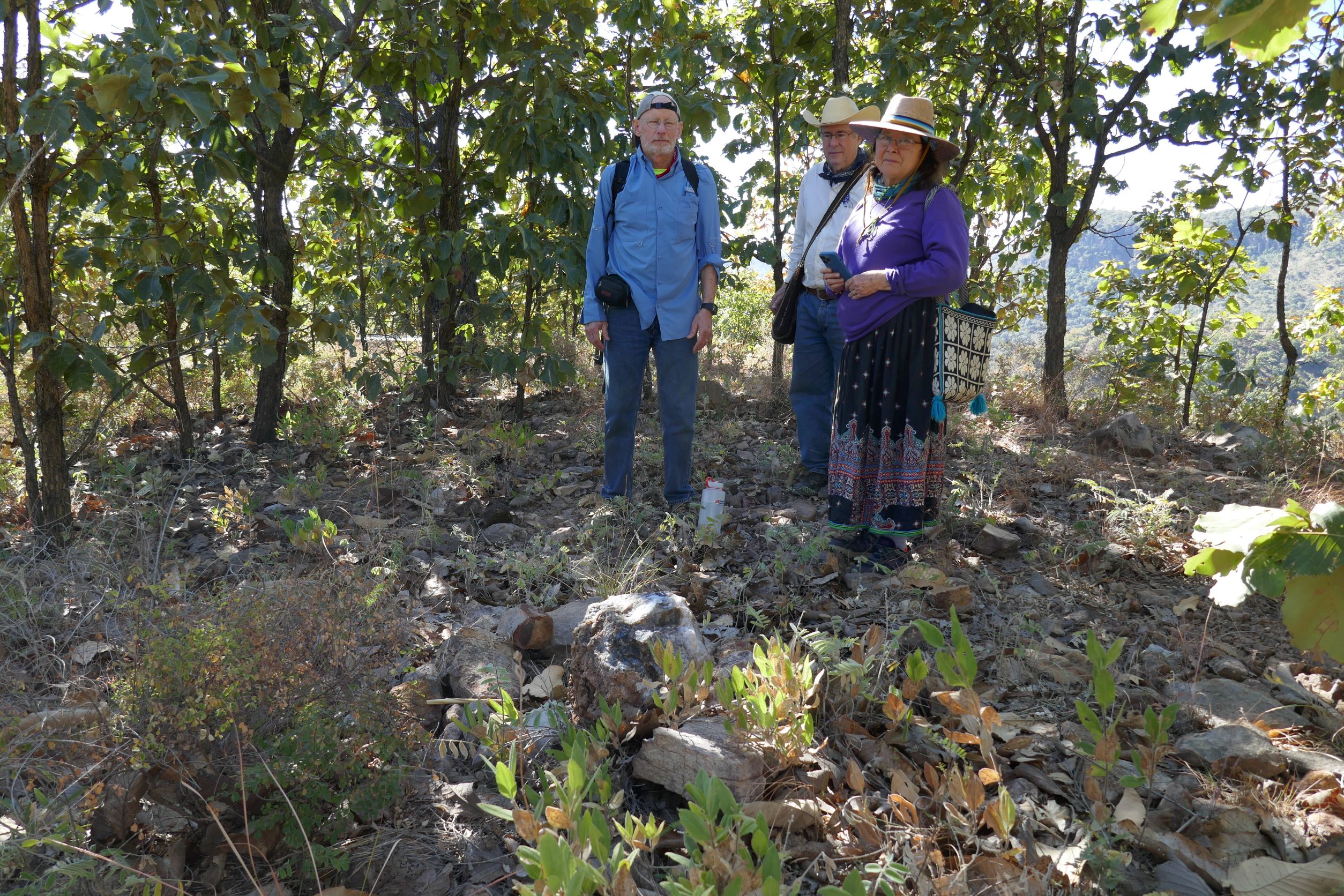
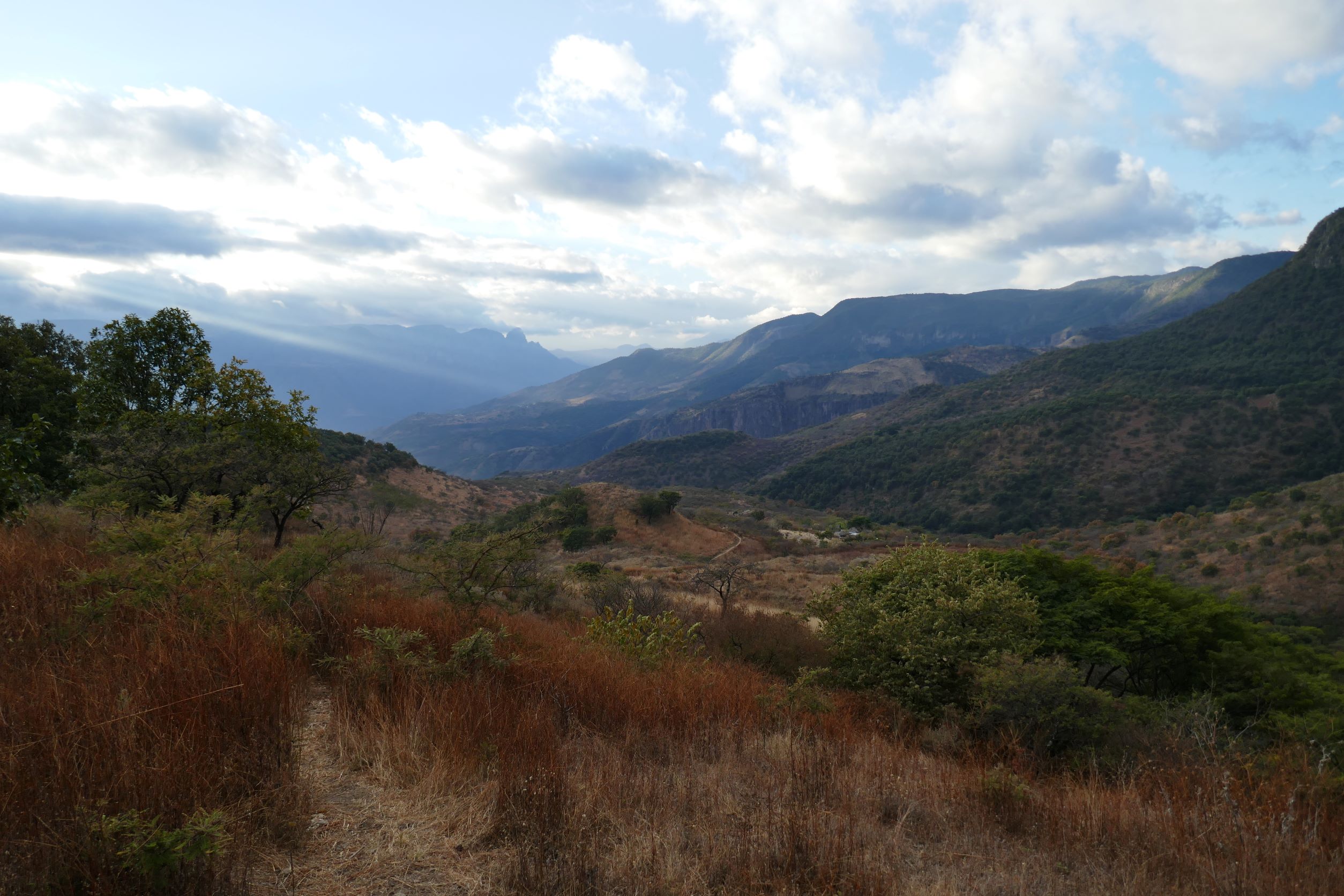

The next installment, On the Mesa, in San Andrés Cohamiata, describes our time at the rancho on the mesa at the edge of San Andrés and our trip out of the sierras.
